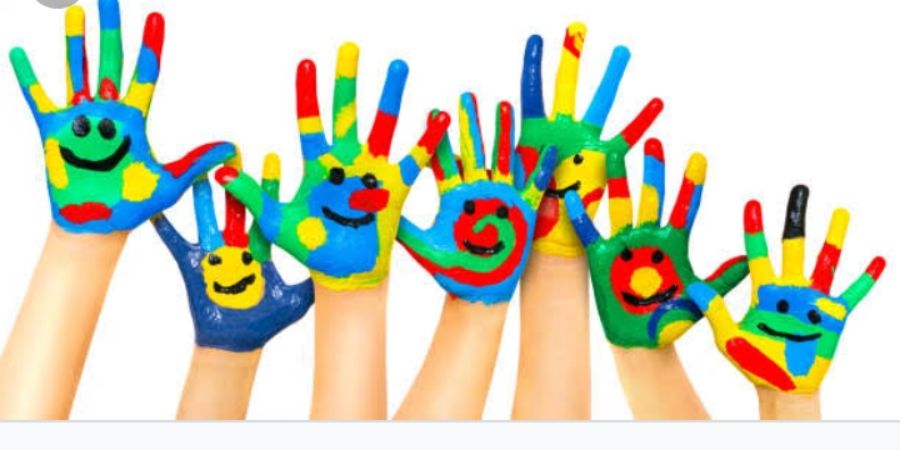

Art have numerous benefits for children's growth and development. Encouraging and supporting their artistic endeavors can have a positive impact on their growth and self-expression.
Creativity and Imagination: Art like painting, drawing,etc., encourage children to explore their imagination and express their creativity. They can visualize and bring to life their thoughts, ideas, and stories through art. This process stimulates their minds and helps develop their imaginative and creative abilities.
Fine Motor Skills: Engaging in creative arts and crafts activities requires the use of small muscles in the hands, fingers, and wrists. By holding art materials such as pencils, brushes, and crayons, children enhance their fine motor skills and hand-eye coordination. These skills are vital for activities like writing, typing, and various everyday tasks.
Cognitive Development: Drawing and painting involve planning, problem-solving, and decision-making. Children learn to observe and analyze their subject matter, make choices regarding colors, shapes, and composition, and solve any challenges they encounter during the process. These activities promote critical thinking, concentration, and cognitive development.
Emotional Expression: Art provides a safe and non-verbal outlet for children to express their emotions, thoughts, and experiences. It allows them to communicate their feelings and experiences that might be difficult to express verbally. Drawing and painting can be therapy, helping children process their emotions and experiences.
Communication and Language Development: Art allows children to communicate visually and enhances their ability to express themselves. Through drawing and painting, children learn to represent objects, people, and events, which contributes to their visual intelligence. As they discuss their artwork with others, they develop their language skills, vocabulary, and ability to articulate their thoughts and ideas.
Self-Confidence and Self-Esteem: When children engage in drawing and painting, they have the opportunity to create something unique and meaningful to them. As they see their ideas take shape and receive positive feedback from others, their sense of self-confidence and self-esteem grows. Artistic activities provide a sense of accomplishment and pride in their abilities, fostering a positive self-image.
Observation and Focus: Drawing and painting require children to observe details, shapes, colors, and proportions. Through practice, they learn to pay attention to their surroundings and become more perceptive. Additionally, engaging in art for sustained periods develops their ability to concentrate and focus on a task, improving their attention span.
Cultural and Historical Awareness: Art exposes children to various artistic styles, cultural traditions, and historical periods. By studying and creating art, they gain a deeper understanding of different artistic movements, diverse cultural expressions, and historical events. This exposure broadens their perspectives and appreciation for art as a form of human expression.
It's important to note that while drawing and painting contribute to brain development, they are most effective when combined with other stimulating activities, such as physical exercise, reading, problem-solving games, and social interactions. A holistic approach to a child's development, involving a variety of experiences, will yield the most comprehensive benefits.
